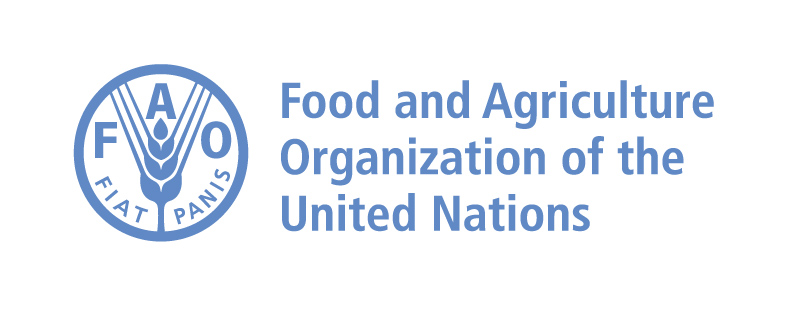Two centuries of Viking raids into Europe tapered off following the adoption of Christianity by King Olav TRYGGVASON in 994; conversion of the Norwegian kingdom occurred over the next several decades. In 1397, Norway was absorbed into a union with Denmark that lasted more than four centuries. In 1814, Norwegians resisted the cession of their country to Sweden and adopted a new constitution. Sweden then invaded Norway but agreed to let Norway keep its constitution in return for accepting the union under a Swedish king. Rising nationalism throughout the 19th century led to a 1905 referendum granting Norway independence. Although Norway remained neutral in World War I, it suffered heavy losses to its shipping. Norway proclaimed its neutrality at the outset of World War II, but was nonetheless occupied for five years by Nazi Germany (1940-45). In 1949, Norway abandoned neutrality and became a member of NATO. Discovery of oil and gas in adjacent waters in the late 1960s boosted Norway's economic fortunes. In referenda held in 1972 and 1994, Norway rejected joining the EU. Key domestic issues include immigration and integration of ethnic minorities, maintaining the country's extensive social safety net with an aging population, and preserving economic competitiveness.
Norway is a parliamentary constitutional monarchy.
Source: CIA World Factbook
Members:
Resources
Displaying 31 - 35 of 60Act No. 98 of 2003 relative to concessions for the acquisition of real property (Concessions Act).
This Act regulates the sale and acquisition of real property through concessions, and in particular land used for agricultural purposes, so as to safeguard effective use of such property, to protect the production capacity, and to regulate ownership for the benefit of public good.
Act No. 17 of 1999 relating to tenancy agreements (Tenancy Act).
This Act defines rights and duties of parties involved in agreements relating to the right to the use of property in return for remuneration and provides for arbitration between parties.The Act is divided into 13 Chapters: General provisions(1); Availability for occupation by the tenant and requirements regarding the property (2); Rent and other payment (3); Rent protection (4); The parties’ obligations during the tenancy period (5); Resident representation in certain tenancies of dwellings (6); Inclusion as member of household and sub-letting (7); Change of tenant by transfer or succession
Act No. 1 of 1965 relative to farm lease.
This Act regulates agreements of lease of real property used for agricultural or forestry purposes and other matters regarding the relationship between lessor and lessee. Section 1 defines the application sphere of the Act. The rules laid down by this Act cannot be excluded by agreements, unless the Act expressly provides so. Lease contracts shall be made in writing (sect. 3). The owner of the land object of the agreements shall submit the agreement to the municipality within a month of entry into force (sect. 4).
Act No. 17 of 1984 relative to compensation for expropriation.
This Act concerns compensation of the expropriation of real property by the State. Compensation shall be had either according to the sales value (sect. 5) or the use value (sect. 6) of the expropriated property.
Decree relative to incentives for alternative treatment of the soil.
Purpose of the subsidy is to avoid and reduce tilling and other treatment of the soil of arable land in the autumn so as to enhance the growing of vegetation on it and subsequent reduction of effects of erosion. Section 2 lists the production methods that shall be eligible for financial aid in an amount to be established by the Department of Agriculture. Section lists criteria for granting of incentives. The land may not be ploughed before 1 March of each year. (10 sections)
Implements: Act No. 23 of 1995 concerning land use. (2011-03-03)


